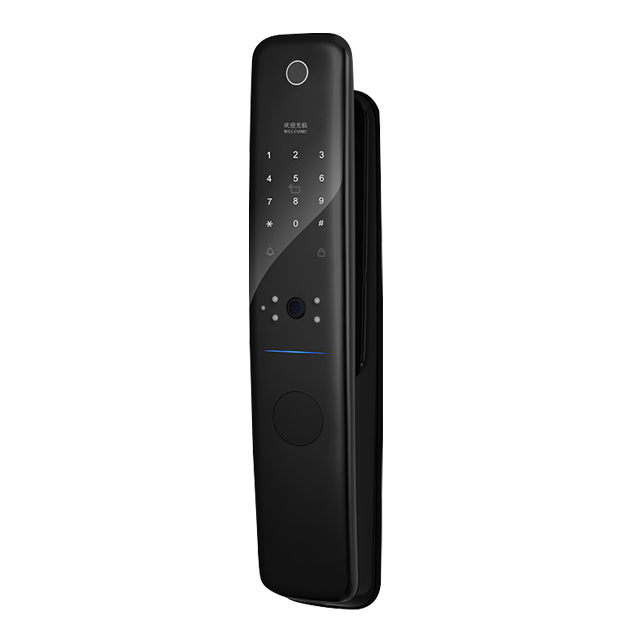The market is large and there is a wide demand. How can Smart Lock companies make aging smart locks that meet market demand? How to gain a good usage reputation among the elderly population? Smart lock enterprises should not only focus on the needs of young consumers, but also on the needs of the elderly. We believe that an aging smart lock requires the following key elements:
1. Biometric recognition
Elderly people have poor memory, such as forgetting keys, IC cards, or passwords. Pure mechanical locks, electronic password locks, etc. are not suitable. Smart locks that integrate biometric technology are the trend because the body's "password" is always with you.

2. Easy to use
Most elderly people may not understand or have a slow understanding of the use and operation of smart locks, so a smart lock for the elderly should have a more user-friendly operation interface, simplify the operation steps, and delete functions that are not strong in functionality and are not suitable for the elderly.
3. Remote management
When it is inconvenient for the elderly to open the door, whether outside or inside the house, children can remotely open the door for their parents through the app or the elderly can use the app to open the door themselves.
4. Monitoring management
Equipped with door opening record monitoring function, children can keep track of their parents' door lock and opening status at any time, in order to detect abnormal situations at any time.
5. Good safety
Families of elderly people living alone generally do not have many requirements for the appearance of lock products, but safety is an indispensable key requirement. Smart locks that are easily copied and cracked will bring safety hazards to consumers. Therefore, an aging smart lock should give more consideration to the precision and applicability of biological recognition, as well as the safety of the lock cylinder.
